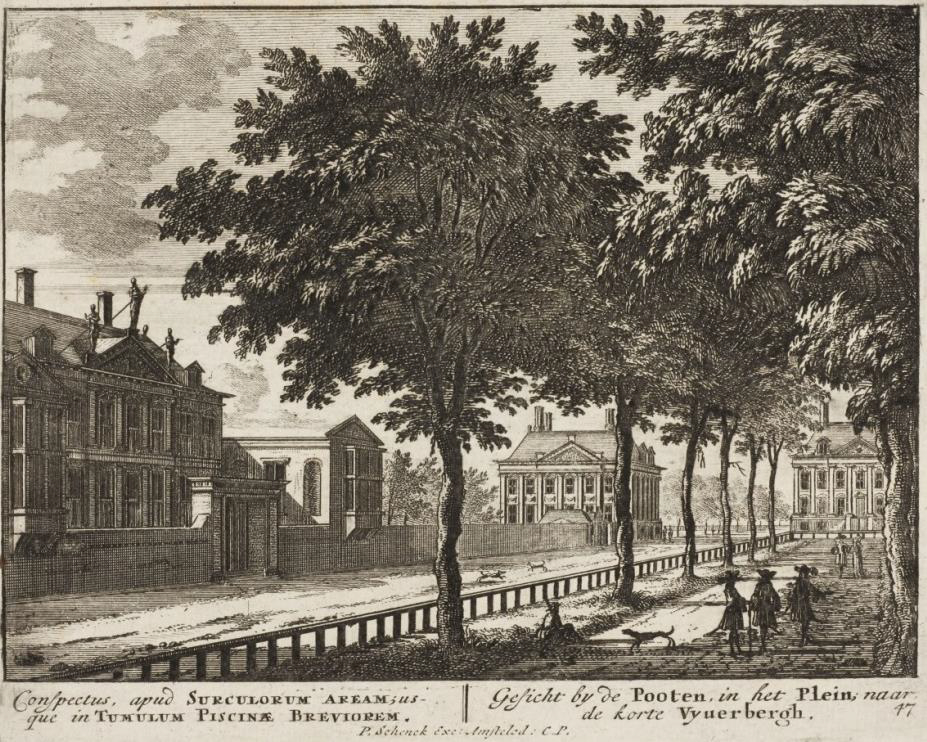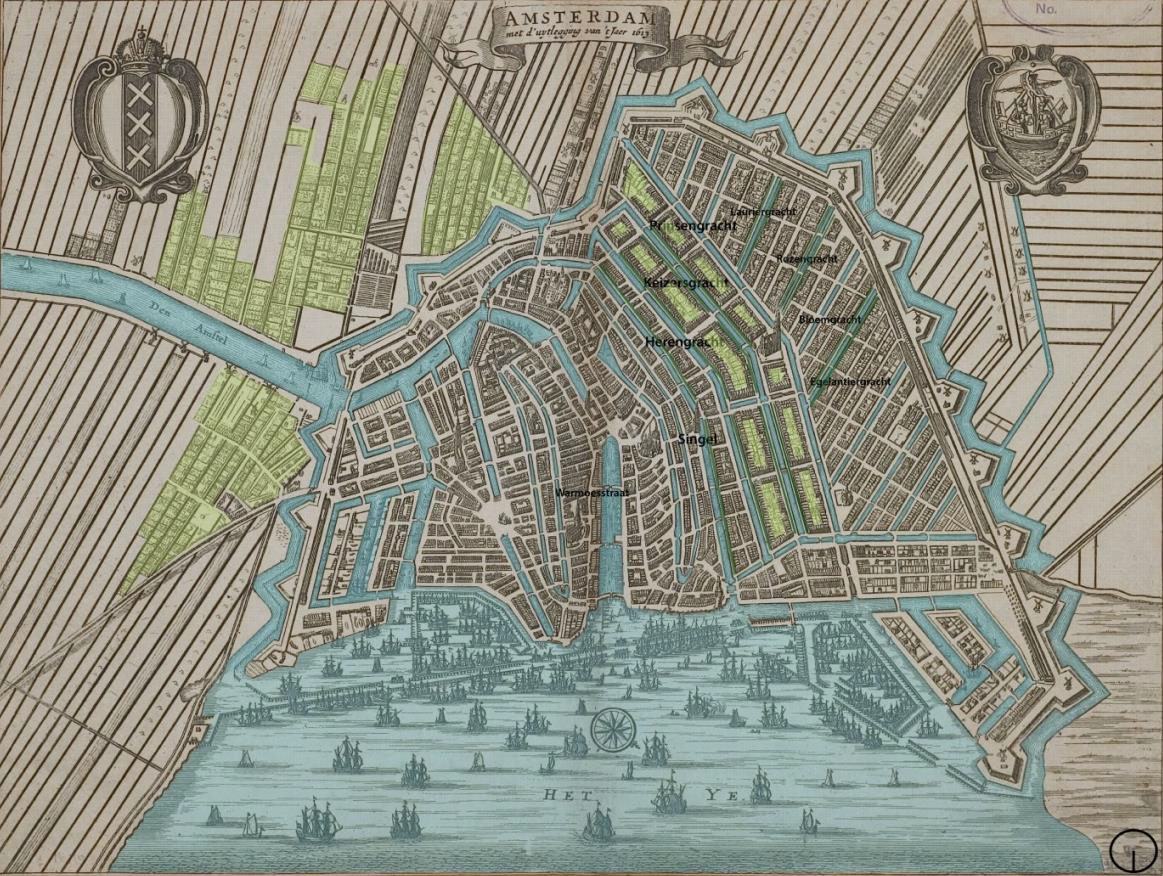New dissertation: Well situated. Analysis on Holland’s country estates and their landscapes (1630-1730)
(Welgelegen.Analayse van Hollandse buitenplaatsen en hun landschappen (1630-1730) )
Dr ir Gerdy Verschuure-Stuip, Delft University of Technology
Summary of the dissertation
The aim of this dissertation is to identify and classify the various country houses landscapes or suburban villa landscapes of the province of Holland based on the most important factors and motives involved in building of the large amount country-houses and suburban villas, built between 1630 and 1730 by foremost the urban elite in the Young Republic of the Seven United Provinces.

The chosen method combines research to tangible and intangible aspects of the spatial designs of country houses and their surroundings. The main research question is: what physical, societal and mental factors determined the position, orientation and composition of country estates in Holland built or transformed between 1630 and 1730? A second question is: can country estates be grouped on the basis of similar location and composition factors?
The research area is Holland. The research period covers the years between 1630 and 1730. During this period Holland was the most influential province of the Republic of the Seven United Provinces. New was its form of government led by an upcoming urban elite with no noble origin. The urban elite created a new way of living for themselves based on an urban lay out. In the city, their houses were built according to the new fashion at streets planted with trees and with large gardens. Similarly they build country estates in the new way in the rural landscapes in groups next to each other, which was different then the position of medieval castles. In this study the word historic country estate is addressing the house and its garden as an ensemble and this is used for country houses (landgoederen) with a more rural function, as well as for suburban villas (buitenplaatsen) referring to houses for recreation and pleasure.

The research on classifying groups of country estates is based on a combination of cartographic research and a literature study of historic books on gardening from that period and is worked out on three scales. The research combines the distribution map with the most important themes, based on the literature study of seventeenth century garden books and garden poems (Chapter 3). Central to this study is the identification of the physical and compositional factors as well as the motives, determined by experience and use by creating of country estates and together they for the physical, social-societal and mental aspects. The most important themes were infrastructure, city and landscape. This information was combined with historic research to elements of the seventeenth century landscape, understanding the physical landscape. Information on personal social and mental motives of the owners for building the estate based on their descriptions in letters, books and diaries of the use and the experience of a country estate. This research implies that the analysis encompasses not only the reading of the landscape but also the reading the authorshipof the urban elite, a word derived from the research approach Landscape Biography.
People often used the Dutch word ‘Welgelegen’ to describe their choices, the word used in the title of this thesis. The word strictly means “well positioned” in modern Dutch but the descriptions show it can be interpreted better as well-functioning and entertaining, a way of experiencing the landscape.
Hollands Tempe
The second main research question was if a classification of country estates in country estates landscapes could be made. Four types of country-estates landscapes were identified that differed in the important collective location and composition factors, namely gradients in the landscape, barge canals, land reclamation and the motives of their owners for building the estates.

These groups were called country estates landscapes and made up of a number of zones distributed over the entire province Holland. The four country estates landscapes together form Hollands Tempe (Chapter 8). Identifying individual country estates as parts of different country-houses landscapes explains why the three suburban villas Hofwijck, Zorgvliet and Clingendael, situated close to each other, have such different compositions. It explains the often mentioned pluriformity of country estates as the result of different choices by the owners for the scenic, well-situated places and particularly their different motives. Country estates landscapes form a physical constellation with similarities in physical factors, social inspiration and motives. It makes a coherent narrative possible based on comparable social and mental aspects.
The dissertation can be freely downloaded on: https://journals.open.tudelft.nl/index.php/abe/article/view/3859/3905
Or see: